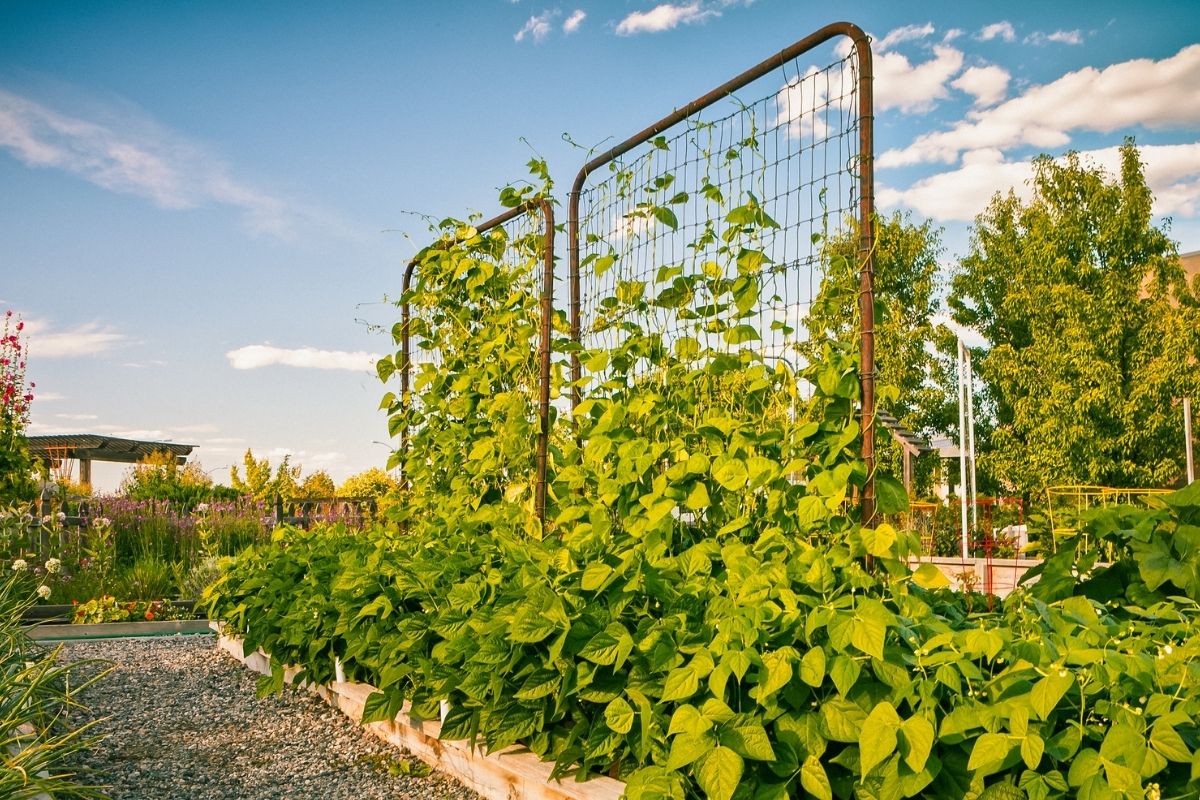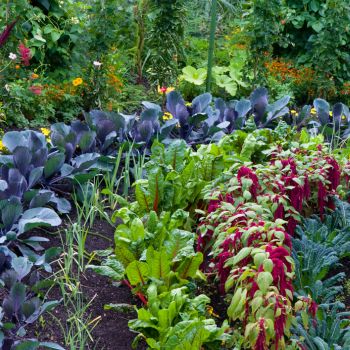Mid-spring is a great time to be out in the garden. The soil is warming up and conditions are perfect to support healthy new growth. Most perennials and annuals can be planted now, and it's also a good time to repot plants that have outgrown their containers.
For many gardeners October is the busiest month for planting, where you can start to see the results of your late winter and early spring seed sowing. For gardeners in southern parts of Australia, wait until all danger of frost or cold damage is past before planting out frost-tender seedlings or direct sowing - a good indication is when night time temperatures are consistently over 10 degrees.
Happy gardening!
Seeds to Sow in October
October is a good time to sow cucurbits such as cucumbers, zucchini, pumpkin and watermelon. Plant directly in the garden in warm climates, or start seeds in jiffy pots, egg cartons or eggshells in cooler areas to minimise root disturbance when planting them out. Carrots, lettuce, silverbeet and beetroot can all be planted now.
Continue sowing basil, cress and chives, while warm-season herbs including mint can also be planted. In the flower garden, sow alyssum, calendula, petunia and cosmos, and native brachyscome and everlasting daisy.
Other seeds that can be sown in October can be found by clicking the links below:
▩ Cold Climate: Tasmania, Melbourne, Mt Gambier, Canberra, etc.
▩ Moderate Climate: Sydney, Perth, Adelaide, etc.
▩ Warm Climate: Brisbane, Bundaberg, Carnarvon, etc.
▩ Tropical Climate: Broome, Darwin, Cairns, Townsville, etc.
▩ Not sure which climate? Click here.
Garden Tips for October
Transplant Seedlings: In warm areas where there's no danger of frost, seedlings started in trays, punnets or jiffy pots can be transplanted once they have 3-4 true leaves and are large enough to handle. Water seedlings before and after transplanting, handle them gently and space them out as recommended on the packet.
Vertical Growing: Get more from your growing space by using trellises, teepees or obelisks to grow climbing plants including cucumbers, climbing beans, indeterminate tomatoes and pumpkins. Make new trellises using jute support net or sturdy obelisks using steel finials. Check existing structures to make sure they will support your plant's weight before they become smothered by new growth.
Protect New Growth: Spring shoots are often tasty targets for sap-sucking insects such as aphids, mealybugs and scale. Monitor fruit trees, shrubs and roses for these pests - if an infestation occurs, try removing them by squirting them with a garden hose, or use a home made pyrethrum spray or eco oil.
Mulch: Reduce weed growth and retain water in your soil by mulching thickly with pea straw, lucerne or other organic mulch. Alternatively, grow ground covers such as alyssum or nasturtium or sprawling vines including gourds and pumpkins as a living mulch to retain moisture and suppress weeds.
Green Manure: If you're struggling to find time to plant out your garden this spring, consider scattering a warm-season green manure in dormant beds. Use a specially formulated spring and summer mix to suppress weeds while improving soil texture and nutrients, or plant Lablab in hot, humid climates to fix nitrogen in the soil.
Compost and Worm Farms: Give your compost bin a spring clean so it's ready for your garden prunings and food scraps over summer. Remove compost if it's ready, make sure the mix is moist but not wet, and turn it regularly to increase the amount of air. Worms will also become more active as the weather warms, so add food scraps to worm farms more regularly and empty trays of castings if needed.






